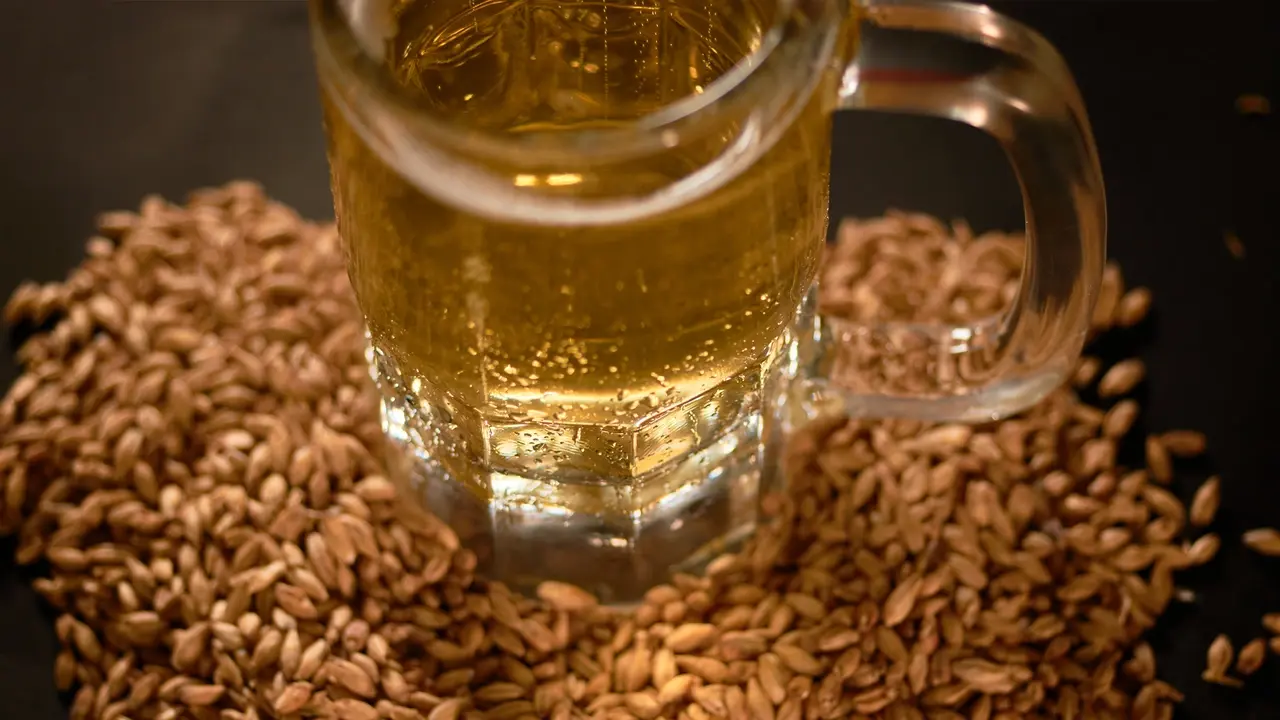Agricultural producers' sentiment improved slightly in August compared to July as the Purdue...
How is Barley Made Into Beer?

Whether you like a green beer to celebrate St. Patrick’s Day or just cracking a cold one with friends in the shop, many social events involve some type of beer. Have you ever thought about the process of turning those amber fields of barley into your favorite cold beverage?
Beer is the third most popular beverage, just behind water and tea. That bottle of beer starts every spring when barley is planted across the Northern Plains and Pacific Northwest, where about 90% of U.S. barley is produced. Idaho, Montana and North Dakota are key states for the production of this crop.
“They’ll take the barley, and they’ll soak it for three or four days,” says Mitch Konen, who farms in Fairfield, Montana, and serves as Vice President of the National Barley Growers Association (NBGA). “A lot of these barleys are bred to what we call ‘hot barley,’ where they will sprout in three or four days if they’re wet.”
Although malting barley is a main ingredient in many brews, wheat, rye and rice also are common bases for many beloved beers. There is a difference between barley and malt barley — barley is not as fermentable in the brewing process as malted barley.
Built on barley
Malt barley can be fermented into alcohol due to the enzymes that modify the grain’s starches and proteins into fermentable sugars. These sugars are key for the rest of the beer-making process.
“They soak the barley, and it germinates,” Konen says. “As soon as that acrospire or that root gets to be about the same length of the kernel itself, then they dry it down to stop the growth process.” The brewmaster will then knock the rootlets off, leaving only the malted barley.
“That’s broken down the carbohydrates and turned them into starches,” Konen explains. “From there, they rehydrate it to start the beer-making process.”
Each maker has their own special recipe for what comes next.
“They add in the enzymes and whatnot to break down the starches into sugars,” Konen says. “Then, the sugar is fermented in the brewing process, and then different strains of yeast are added. It starts fermenting, and the yeast uses the sugars from the barley malt as a food source.”
Fermentation takes anywhere from two to 10 days depending on the flavors they’re trying to achieve. “They all have their own formulas, how much barley, how much yeast, what the temperatures are,” Konen explains. “The main thing is using the sugars from the starches in the barley seed to start that fermentation process. They’ll mix in hops or citrus or fruits.”
Once the recipe is almost finished, the beer is filtered down, and the yeast is spun out. “They pasteurize it, put it in a bottle and call it beer,” Konen says.
Whether enjoying an IPA at a craft brewery or a light beer at home, the NBGA reminds consumers to take a moment to think about where that beer came from. After all, without barley, there is no beer.
EDITOR’S TAKE:
The author is correct. Not many people ever contemplate – “how is my beer made”. And for the beer that a person consumes at a party or gathering - the question becomes even more removed from consciousness! We thought it might be fun and educational to share this knowledge with you. Why? Because barley is an agricultural product and it is grown by farmers who purchase trucks. It can help you understand the breadth and depth of what we refer to as agriculture. Always be sure to ask those customers coming into your dealership – “What do you do for a living”? If they reply I’m a farmer or rancher, make sure you begin the conversation about CAD and AgPack®. Explain your connection to agriculture, your appreciation of farmers/ranchers and how AgPack® can save them money! Maybe you can have part of the conversation over a beer made with barley!








